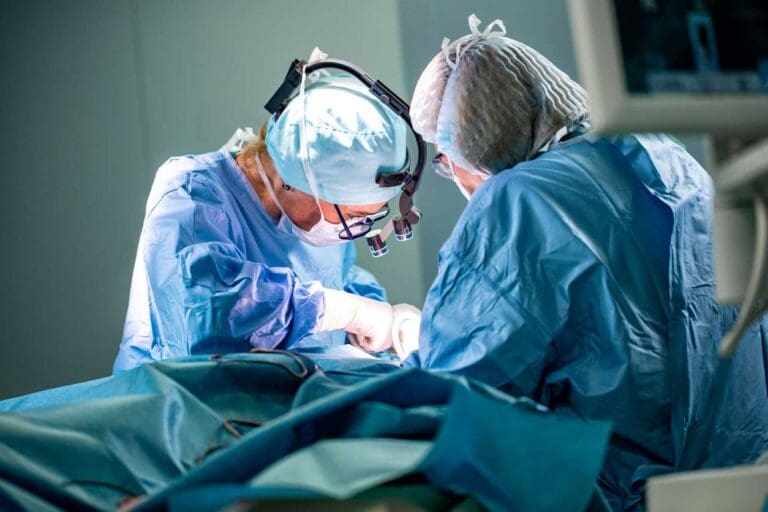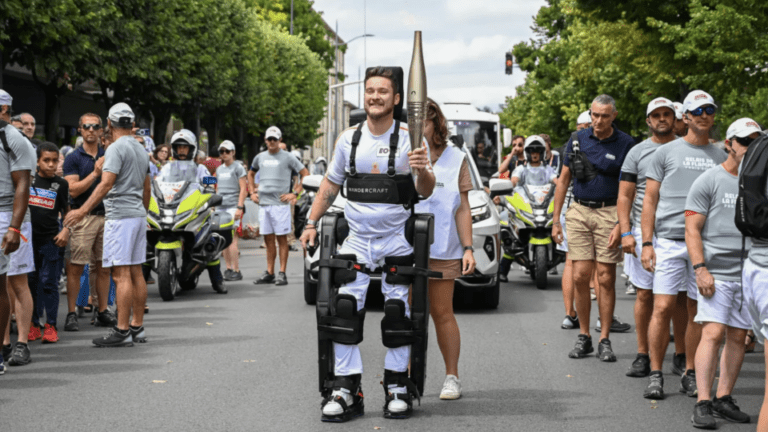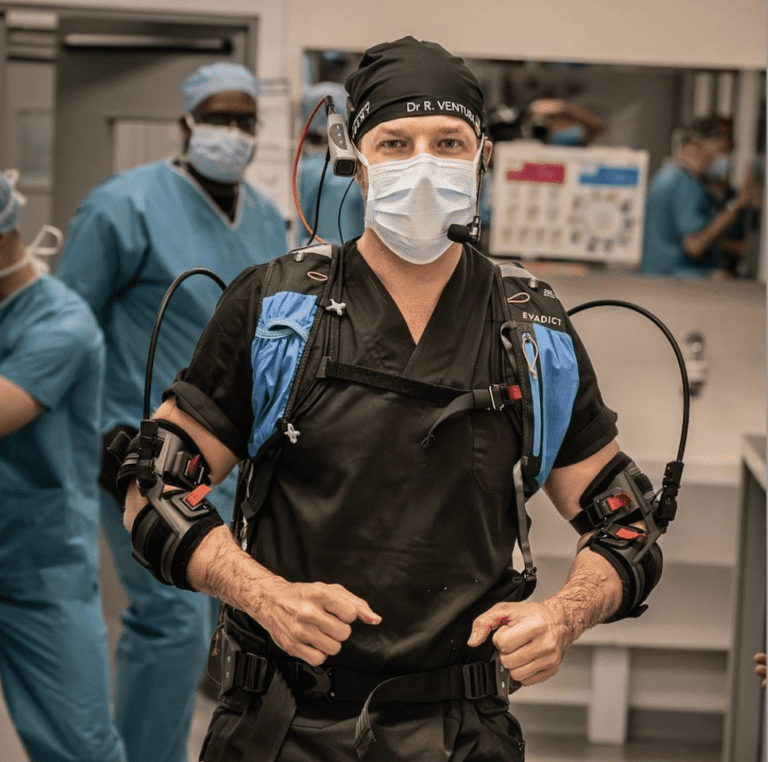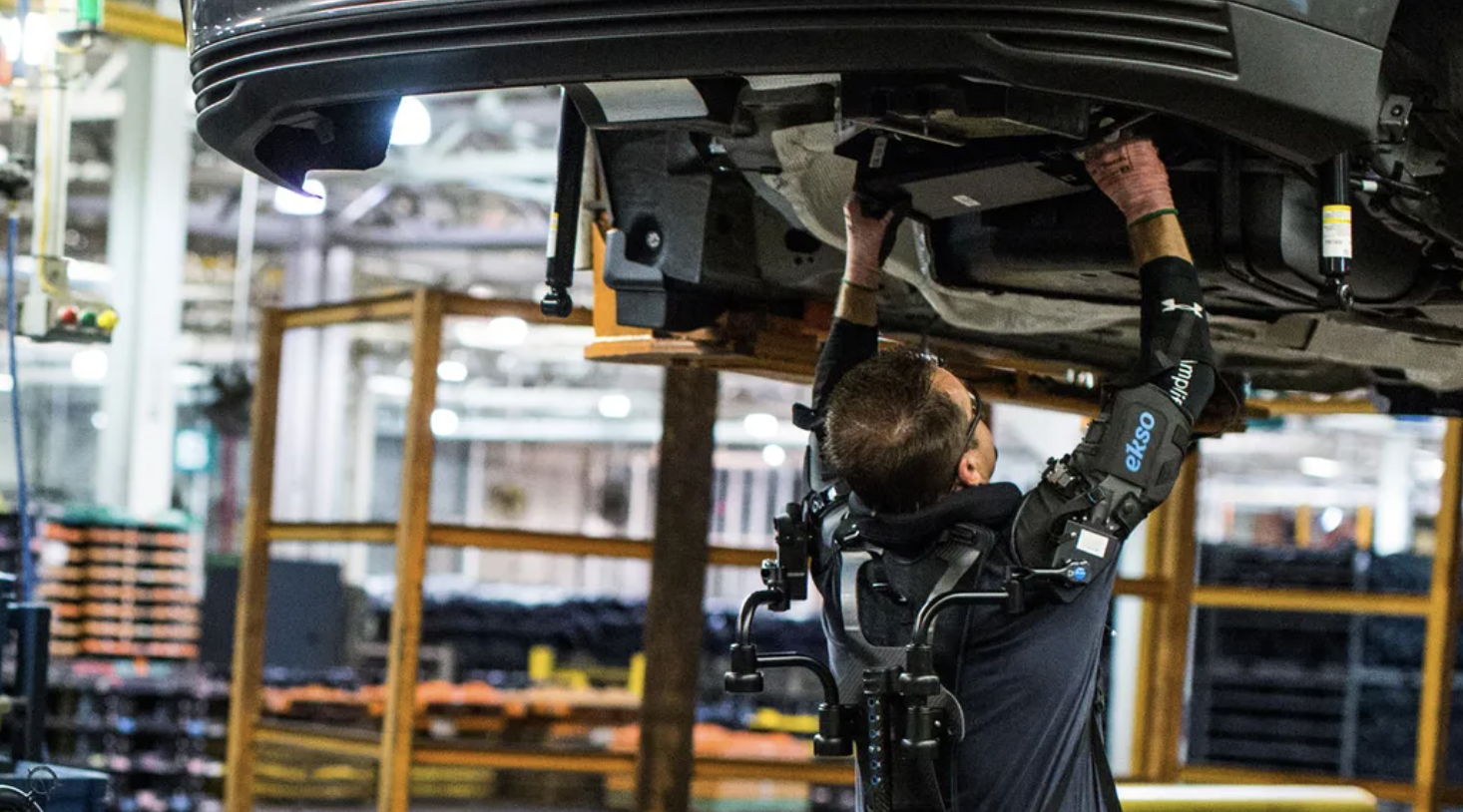
As in several innovative industries, exoskeletons also stand out in the automotive sector. These wearable devices provide physical assistance to workers, reducing fatigue and the risk of injury.
What are the applications of exoskeletons in the automotive industry?
Assembly and production
Automotive assembly lines are known for their repetitive and often physically demanding tasks. Lifting heavy items, holding awkward positions for long periods of time, and performing repetitive movements can lead to musculoskeletal disorders (MSDs). Exoskeletons help alleviate these problems by supporting workers’ arms, back, neck and legs, reducing fatigue and the risk of injury. Among major manufacturers, Ford is recognized as a pioneering company in the use of exoskeletons: the first implementation dating from 2018.
We can also point out that Hyundai Motor Group has distinguished itself in the field by creating its own model of exoskeleton for its factories, the H-VEX (Hyundai Vest Exoskeleton), which helps workers reduce fatigue and effort during lifting and handling tasks.
Painting and finishing
Workers involved in painting and refinishing vehicles are often required to perform precise, repetitive movements, often overhead, and sometimes with heavy tools. Exoskeletons provide additional support to the arms, allowing workers to maintain stable positions for longer without experiencing excessive fatigue.
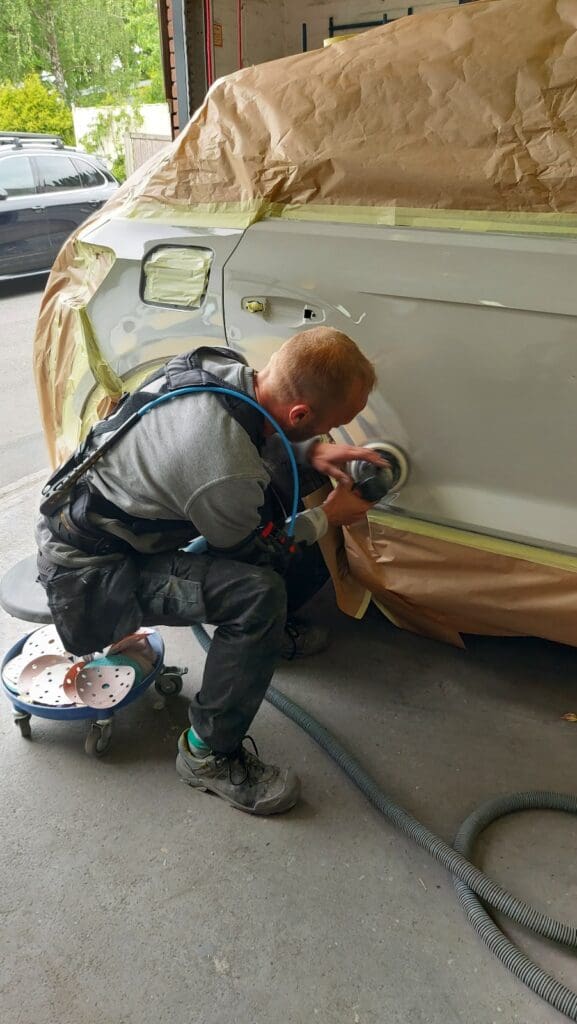
Maintenance and repair
Maintenance and repair tasks in automotive workshops often involve working in awkward positions, such as crouching, bending, or working with arms at height (under a bridge for example). Exoskeletons help maintain correct posture and reduce the load on muscles and joints, thereby improving the safety, health and efficiency of workers.
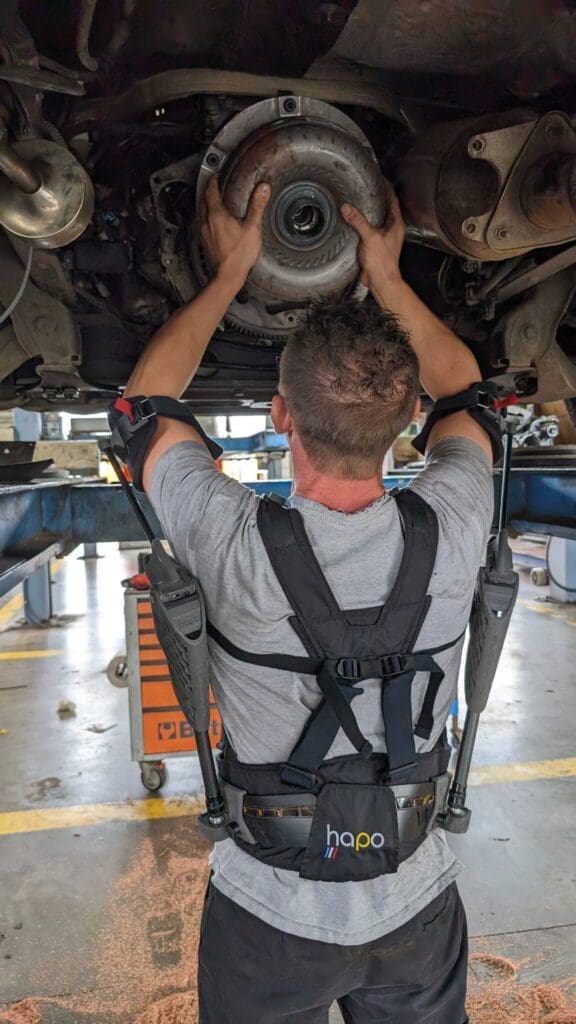
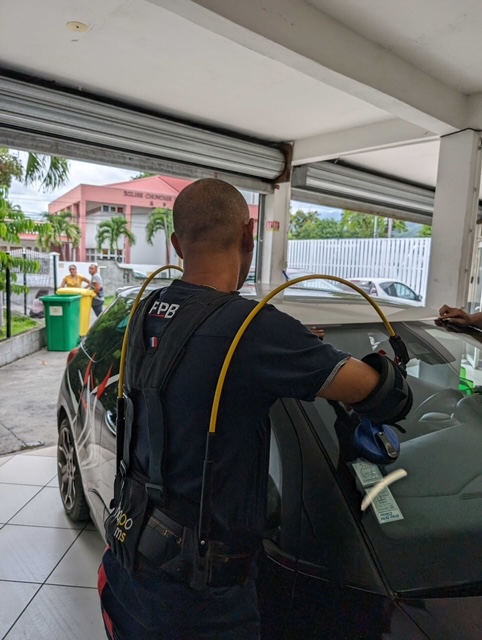
What are the benbefits of exoskeletons in the automotive sector?
Reduction of injuries
Exoskeletons reduce the risk of MSD-related injuries, which are common in the automotive industry. By supporting parts of the body under stress, these devices help prevent chronic pain and acute injuries.
Increased productivity
With reduced fatigue, workers can maintain a higher level of productivity throughout the day. Exoskeletons also help reduce downtime related to work-related injuries and illnesses, improving overall efficiency.
Improved employee well-being
By reducing physical load and stress, exoskeletons help improve the well-being and health of workers. A safer and more comfortable work environment can also lead to increased satisfaction and reduced turnover, which is a joy for both employees and employers.
Share post

